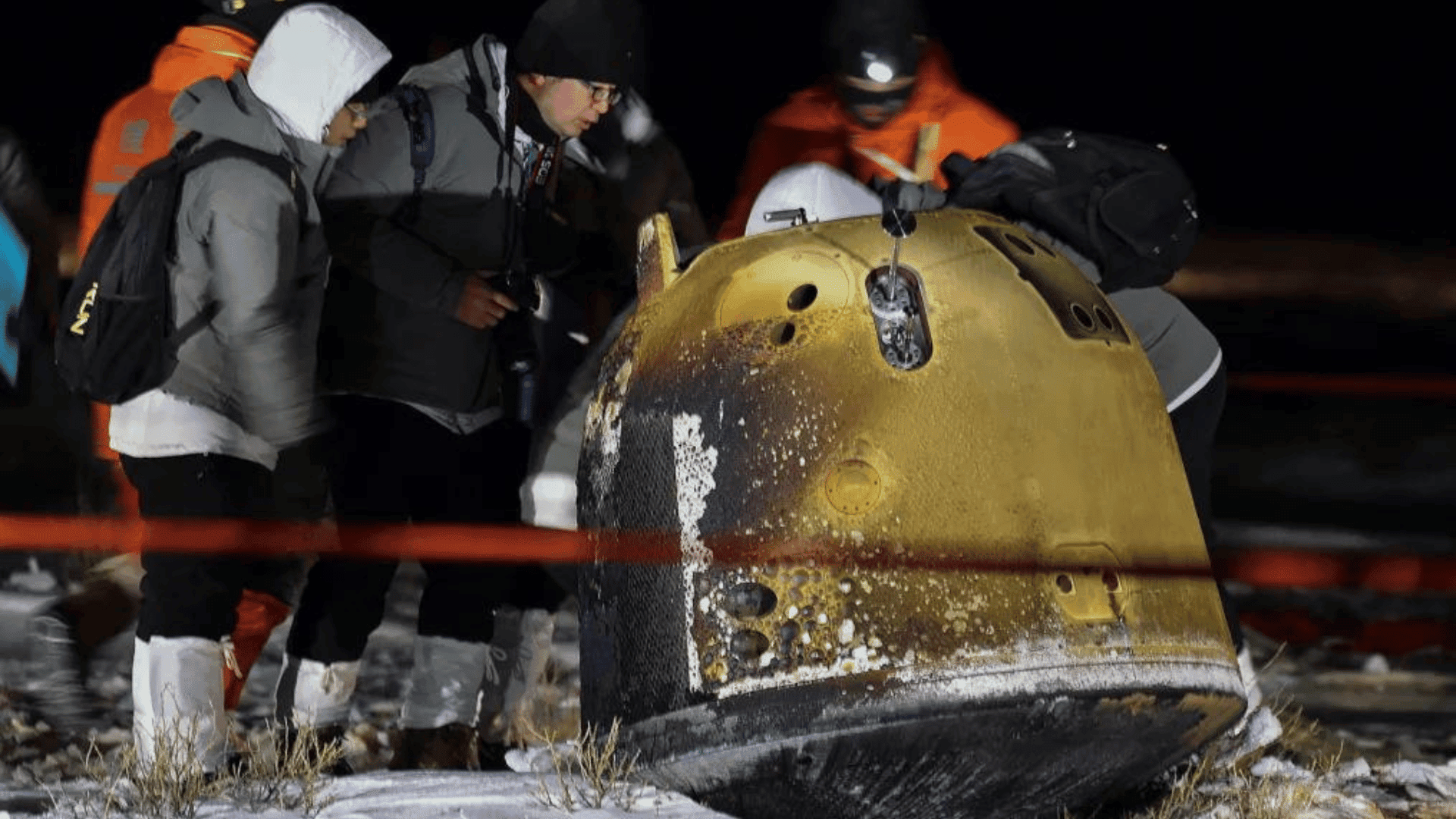
Zeta Oviucci estuvo una vez en órbita cercana con otra estrella, antes de ser expulsada cuando esa compañera fue destruida en una explosión de supernova. Los datos infrarrojos de Spitzer revelan una impresionante onda de choque formada por material que sale disparado de la superficie de la estrella y golpea el gas en su camino. Los datos de Chandra muestran una burbuja de emisión de rayos X ubicada alrededor de la estrella, que es producida por gas calentado por la onda de choque a decenas de millones de grados. Los datos de Chandra ayudan a contar más sobre la historia de esta estrella salvaje. Crédito: Rayos X: NASA/CXC/Univ. Cambridge / c. Cesc Raines et al; Radio: NSF/NRAO/VLA; Óptica: PanSTARRS
- Zeta Ophiuchi es una sola estrella que probablemente alguna vez tuvo un compañero que fue destruido cuando fue golpeado por una supernova.
- La explosión de supernova envió a Zeta Ophiuchi, vista en Spitzer (en verde y rojo) y datos de Chandra (en azul), al espacio.
- Los rayos X descubiertos por Chandra se originan a partir de gas calentado a millones de grados por efectos de ondas de choque.
- Los científicos están trabajando para hacer coincidir los modelos computacionales de este objeto para explicar los datos obtenidos en diferentes longitudes de onda.
Zeta Ophiuchi es una estrella con un pasado complejo, ya que probablemente fue expulsada de su ciudad natal por una poderosa explosión estelar. Una nueva mirada detallada por[{» attribute=»»>NASA’s Chandra X-ray Observatory helps tell more of the history of this runaway star.
Located approximately 440 light-years from Earth, Zeta Ophiuchi is a hot star that is about 20 times more massive than the Sun. Evidence that Zeta Ophiuchi was once in close orbit with another star, before being ejected at about 100,000 miles per hour when this companion was destroyed in a supernova explosion over a million years ago has been provided by previous observations.
In fact, previously released infrared data from NASA’s now-retired Spitzer Space Telescope, seen in this new composite image, reveals a spectacular shock wave (red and green) that was formed by matter blowing away from the star’s surface and slamming into gas in its path. A bubble of X-ray emission (blue) located around the star, produced by gas that has been heated by the effects of the shock wave to tens of millions of degrees, is revealed by data from Chandra.
A team of astronomers has constructed the first detailed computer models of the shock wave. They have begun testing whether the models can explain the data obtained at different wavelengths, including X-ray, infrared, optical, and radio observations. All three of the different computer models predict fainter X-ray emissions than observed. In addition, the bubble of X-ray emission is brightest near the star, whereas two of the three computer models predict the X-ray emission should be brighter near the shock wave. The team of astronomers was led by Samuel Green from the Dublin Institute for Advanced Studies in Ireland.
En el futuro, estos científicos planean probar modelos más complejos con física adicional, incluidos los efectos de la turbulencia y la aceleración de partículas, para ver si mejora la concordancia con los datos de rayos X.
Un artículo que describe estos hallazgos ha sido aceptado en la revista. Astronomía y astrofísica. Los datos de Chandra utilizados aquí fueron analizados originalmente por Jesús Toala del Instituto Astrofísico de Andalucía en España, quien también escribió la propuesta que condujo a las observaciones.
Referencia: «Emisión térmica de choques de arco. II. Modelos magnetohidrodinámicos 3D de Zeta Oviucci» por S. Green, J. Mackey, P. Kavanagh, T. J. Haworth, M. Moutzouri y V. V. Gvaramadze, aceptado, Astronomía y astrofísica.
DOI: 10.1051 / 0004-6361 / 202243531
El Centro de Vuelo Espacial Marshall de la NASA administra el programa Chandra. El Centro de rayos X Chandra del Observatorio Astrofísico Smithsonian controla las operaciones científicas desde Cambridge, Massachusetts, y las operaciones de vuelo desde Burlington, Massachusetts.

«Erudito en viajes incurable. Pensador. Nerd zombi certificado. Pionero de la televisión extrema. Explorador general. Webaholic».







